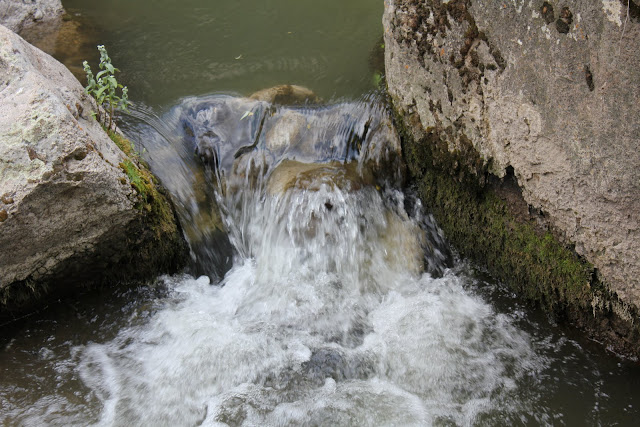Cappadocia is a historical region in Central Anatolia, largely in Nevşehir Province of Turkey.
In the time of Herodotus, the Cappadocians were reported as occupying the whole region from Mount Taurus to the vicinity of the Euxine (Black Sea). Cappadocia, in this sense, was bounded in the south by the chain of the Taurus Mountains that separate it from Cilicia, to the east by the upper Euphrates and the Armenian Highland, to the north by Pontus, and to the west by Lycaonia and eastern Galatia.
The name was traditionally used in Christian sources throughout history and is still widely used as an international tourism concept to define a region of exceptional natural wonders, in particular characterized by fairy chimneys and a unique historical and cultural heritage. The term, as used in tourism, roughly corresponds to present-day Nevşehir Province.
The relief consists of a high plateau over 1000 m in altitude that is pierced by volcanic peaks, with Mount Erciyes (ancient Argaeus) near Kayseri (ancient Caesarea) being the tallest at 3916 m.
The Cappadocia region is largely underlain by sedimentary rocks formed in lakes and streams, and ignimbrite deposits erupted from ancient volcanoes approximately 9 to3 million years ago, during the late Miocene to Pliocene epochs. The rocks of Cappadocia near Göreme eroded into hundreds of spectacular pillars and minaret-like forms. The volcanic deposits are soft rocks that the people of the villages at the heart of the Cappadocia Region carved out to form houses, churches and monasteries. Göreme became a monastic center between 300—1200 AD.
The first period of settlement in Göreme goes back to the Roman period. The Yusuf Koç, Ortahane, Durmus Kadir and Bezirhane churches in Göreme, houses and churches carved into rocks in the Uzundere, Bağıldere and Zemi Valleys are all carriers of history that we can see today. The Göreme Open Air Museum is the most visited site of the monastic communities in Cappadocia and is one of the most famous sites in central Turkey. The complex contains more than 30 rock-carved churches and chapels, some of them have superb frescoes inside, dating from the 9th to the 11th centuries.
 |
| Cappadocia contains several underground cities, largely used by early Christians as hiding places before they became an accepted religion. |
 |
| Our hotel in Cappadocia was a unique experience. It allowed us to "live in a cave" by building rooms in and around these rock caves. |
 |
| my room |
 |
| inside my room |
 |
| One of many carpet shops. |
 |
| A picture of my brother getting some Turkish ice cream. Dondurma is the name given to ice cream in Turkey. Dondurma typically includes the ingredients milk, sugar, salep, and mastic. It is believed to originate from the Turkish region of Kahramanmaraş and hence also known as Maraş Ice Cream. The Kahramanmaraş region is known for maraş dondurması, a variety which contains distinctly more salep than usual; tough and sticky, it is sometimes eaten with a knife and fork. Dondurma is commonly sold from both street vendor's carts and store fronts where the mixture is churned regularly with long-handled paddles to keep it workable. Vendors often tease the customer by serving the ice cream cone on a stick, and then taking away the dondurma with the stick and rotating it around, before finally giving it to the customer. |
 |
| Potter is a popular form of art in Turkey. All pieces are hand made. |
 |
| I got a shot at it as well! |
 |
| A traditional Turkish show. |
 |
| We enjoyed many dances and acts performed by these actors and actresses. |







































0 comments:
Post a Comment